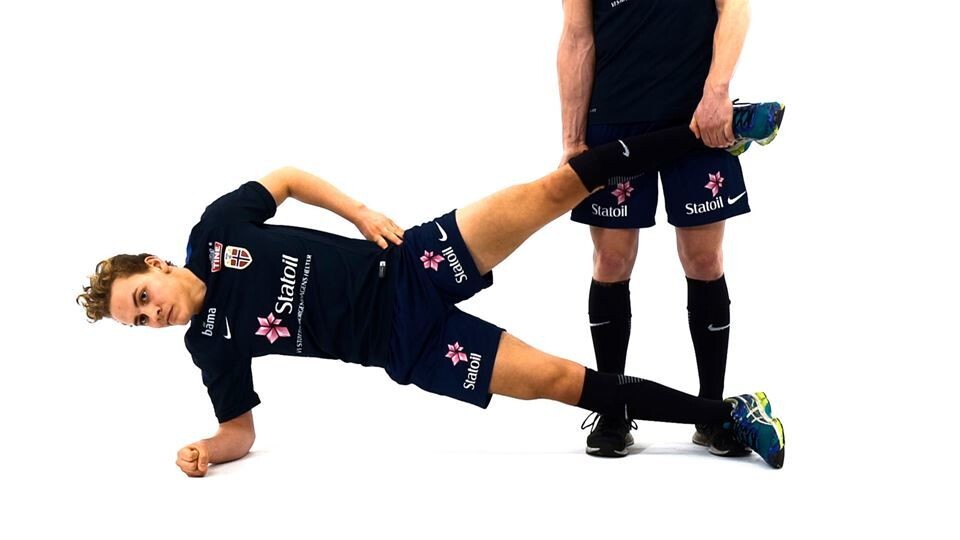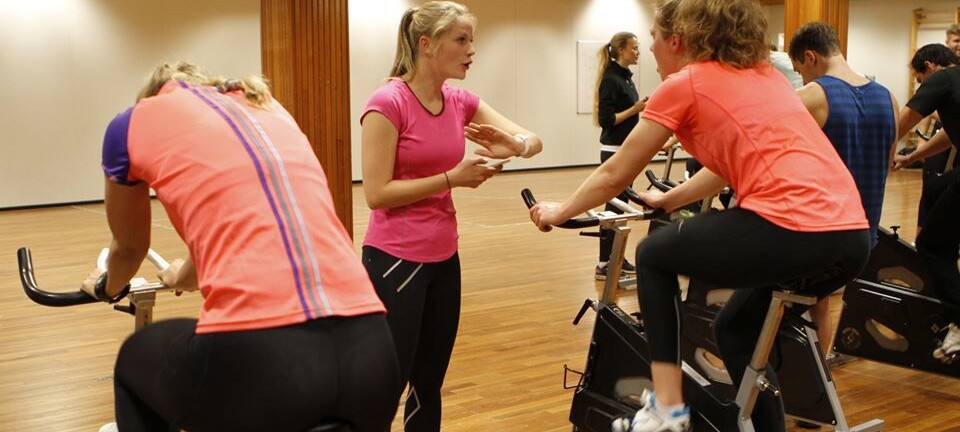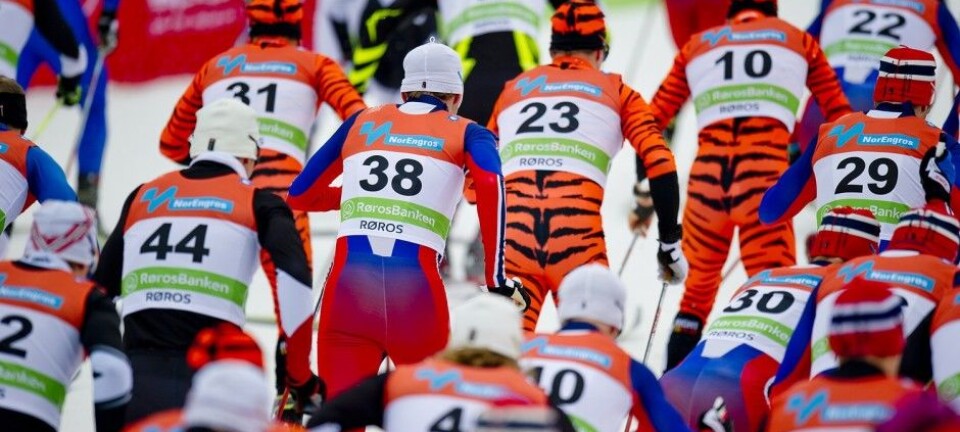This article was produced and financed by The Norwegian School of Sport Sciences - read more

Can Reduce Groin Injuries by Half, if the Players are Willing
One simple strength exercise could almost halve one of the most common injuries in ball sports. But even if the injury puts many out of both match play and training, the players seem reluctant to use it.
Consider this:
- Of all male football players injured, every sixth finds himself on the side-line as the result of a groin injury.
- More than 30 percent of players are troubled by groin problems at some time or other.
- Football, hockey and rugby players are the ones most at risk.
- Many continue to play even with symptoms and pain; the dark numbers are large.
- Absolutely most men are affected.
At the same time, one simple exercise can almost halve the problem – if the players want to make use of it.
Groin problems are most often found (in 2/3 of cases) in a muscle group called the adductors. This group comprises six separate muscles.
Top clubs are included
This is the subject matter of a doctoral thesis presented by Joar Harøy. He is affiliated with the Oslo Sports Trauma Research Center (OSTC) at the Norwegian School of Sports Sciences (NIH).

With the help of a group of Masters students, he has mapped the extent of groin problems among players and how to prevent them.
632 players from five 1st division clubs and thirty 2nd division teams have participated. In addition, a group of researchers at the Sports Orthopedic Research Center in Copenhagen have been involved.
“The results are so good that big teams like PSV Eindhoven and Chelsea have already adopted the exercise”, says Harøy. Several league teams, such as Strømsgodset, Molde, Ranheim, Start and Viking, have also been using the exercise.”
"Be careful"
The exercise is called the “Copenhagen adduction exercise” and involves strengthening the so-called hip adductors. This is a muscle group consisting of six separate muscles and is used to draw the legs together. They are used especially actively in football.
The exercise can be performed at three levels. Start like this:
Lie on your side, raise yourself on your elbow
If you are on your left side: Bend up your right leg; Keep the left leg (on the floor) stretched out.
Slowly raise your left leg to about 30-40 cm from the floor - and slowly lower it again. The right (upper) leg should also be raised and lowered. The lower leg should be completely down on the floor, while the hip (of the upper leg) should be halfway down to the floor (see the video - in grey area down on new page)
Each repetition should take 3-5 seconds.
Level 2 is undertaken with a helper holding you up gripping the inside of your right knee, and at level 3, the helper raises your right foot.
“But you have to be careful. This is an exercise you need to make use of very gradually over a period of time to avoid overload. At the start, five repetitions are enough”, emphasizes Harøy.
See the video on Skadefri.no (in grey area down on new page)
"Should be mandatory at training"
In addition to hamstring injuries, groin injuries are the most widespread muscle injuries in a number of ball sports, but especially football.
The acute injuries usually occur when changing direction, shooting and passing or when the players stretch out for the ball, and they often mean several weeks on the sideline.
Load injuries, however, are more serious and often more protracted.
“Nonetheless, many continue to play with despite the pain and injury, and prolonged overload can keep you out for months. This means that the dark numbers are probably high.”
Groin injuries are equally widespread regardless of the level of the game, from the premier league and at least down to 3rd division.
“The Copenhagen exercise should become a regular part of training. It only takes five minutes, but could mean a whole lot for both individual players and their teams.
"They’ll have more players available for training and matches”, Harøy believes.
Prevention can lift the team
But it isn’t quite that simple. A survey taken among participants in the program shows that only half of them wanted to continue with the exercise.
“The exercise is not a one-time inoculation. The players have to keep on with it if they want to maintain the result”, says Harøy. Why the players are reluctant to use it, he’s not sure. “Perhaps they can’t be bothered;and see it as just a measure.”
“But isn't it mostly up to the coaches? And the players do as they’re told?”
“The attitude of the coaches is important. They need to understand the problem and that the exercise works. It could have a big impact on how well the team performs.”
Early start – and a riddle
Harøy thinks the exercise would also be of use for younger athletes.
“Young people all the way down to lower secondary school should build up their adductor strength. It’s extremely likely that early use of the exercise would prevent injuries even more effectively.
Only, be particularly careful with young people who are still growing; the load needs to be adjusted so to not overload the growth zones.”
However, several questions still remain unanswered, including why are men so much more vulnerable than women?
“We can only guess. It's a bit of a conundrum. Perhaps different intensity and energy has some significance. For example, acceleration and stopping may exert greater forces in men. Anatomical differences between women and men may also have some significance. Or maybe women are just more robust? Either way, we think the exercise will be effective in preventing injuries in women as well.”
Abuse and great effort
In connection with the exercise, each and every one of the 600 participating players has received reminders and text messages every week.
If they fail to respond, they keep getting reminders until they do. Or they get a telephone call.
“Many of them have given up completely, some sick, they’ve had to put up with a lot. All-in-all, they’ve received over 50,000 text messages”, says Joar.
The Masters students have had the job of making the telephone calls.
“They've received a fair amount of abuse. But the effort put in by both them and the players has been phenomenal.”
Joar Harøy defended his doctoral thesis (In Norwegian) on 27th November 2018 at NIH.


































